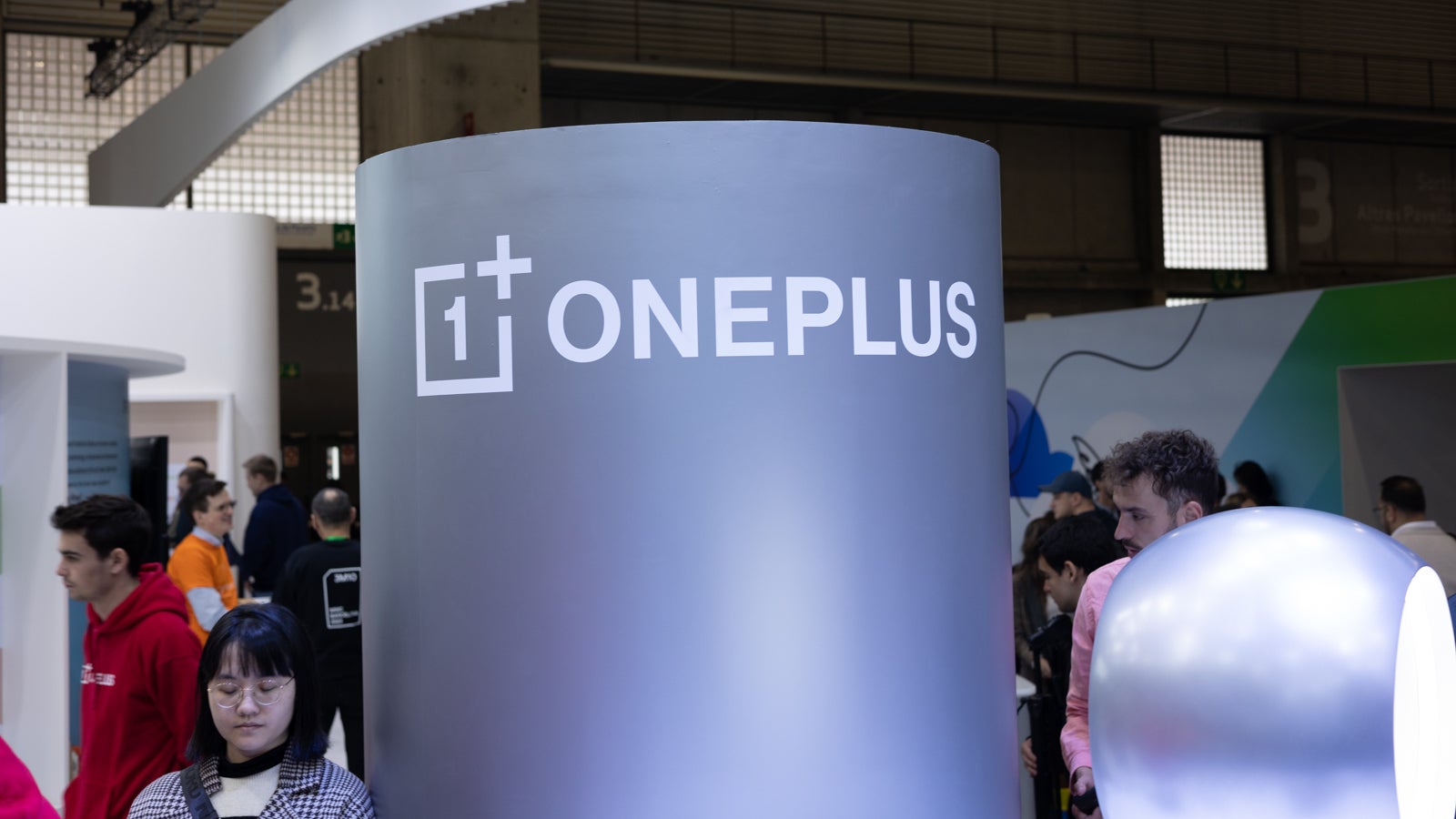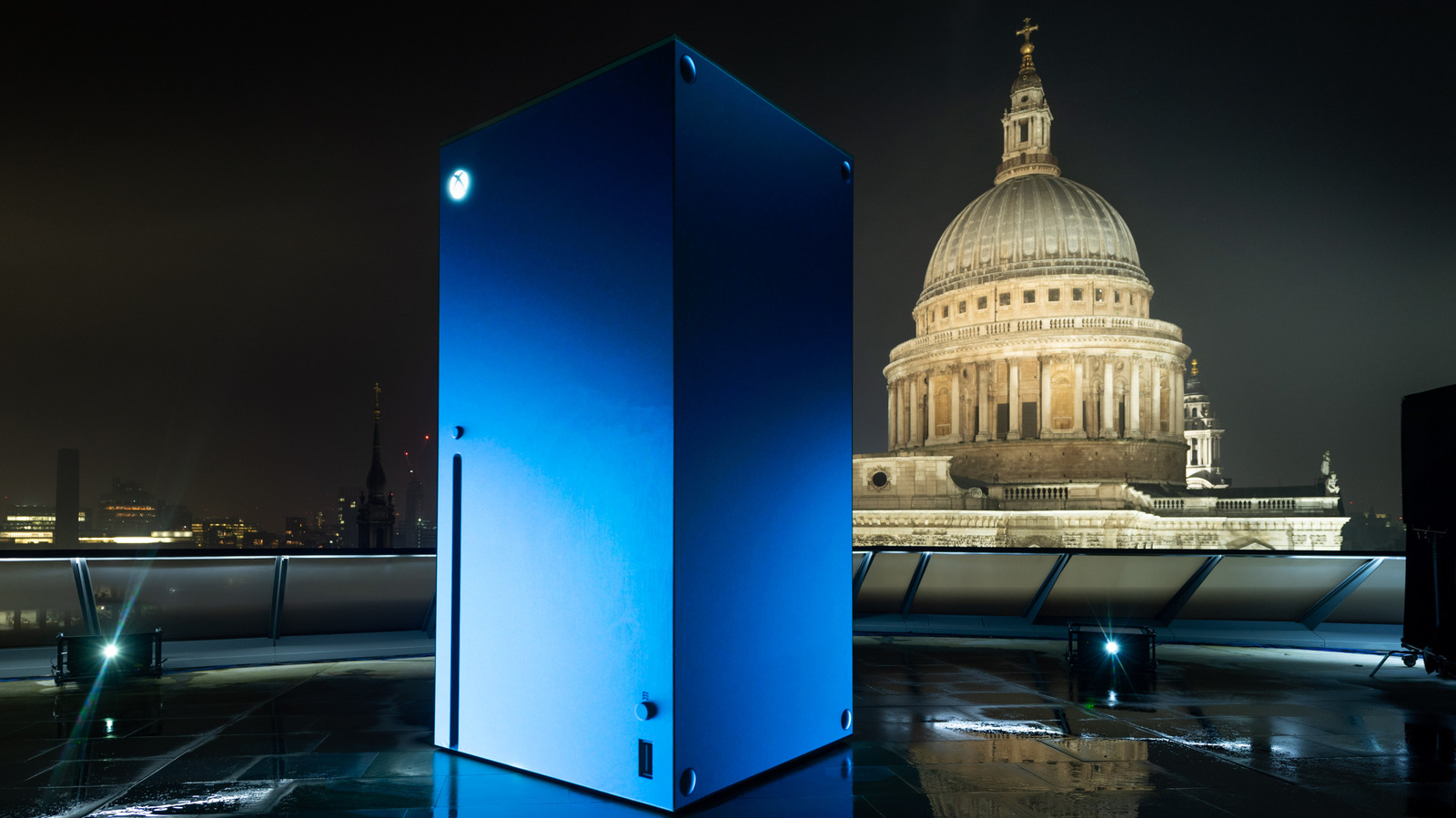New Supercomputing Record Set - Using AMD's Instinct GPUs
"AMD processors were instrumental in achieving a new world record," reports Tom's Hardware, "during a recent Ansys Fluent computational fluid dynamics simulation run on the Frontier supercomputer at the Oak Ridge National Laboratory." The article points out that Frontier was the fastest supercomputer in the world until it was beaten by Lawrence Livermore Lab's El Capitan — with both computers powered by AMD GPUs: According to a press release by Ansys, it ran a 2.2-billion-cell axial turbine simulation for Baker Hughes, an energy technology company, testing its next-generation gas turbines aimed at increasing efficiency. The simulation previously took 38.5 hours to complete on 3,700 CPU cores. By using 1,024 AMD Instinct MI250X accelerators paired with AMD EPYC CPUs in Frontier, the simulation time was slashed to 1.5 hours. This is more than 25 times faster, allowing the company to see the impact of the changes it makes on designs much more quickly... Given those numbers, the Ansys Fluent CFD simulator apparently only used a fraction of the power available on Frontier. That means it has the potential to run even faster if it can utilize all the available accelerators on the supercomputer. It also shows that, despite Nvidia's market dominance in AI GPUs, AMD remains a formidable competitor, with its CPUs and GPUs serving as the brains of some of the fastest supercomputers on Earth. Read more of this story at Slashdot.

Read more of this story at Slashdot.





































































![Apple Releases iOS 18.5 Beta 2 and iPadOS 18.5 Beta 2 [Download]](https://www.iclarified.com/images/news/97007/97007/97007-640.jpg)
![Apple Seeds watchOS 11.5 Beta 2 to Developers [Download]](https://www.iclarified.com/images/news/97008/97008/97008-640.jpg)
![Apple Seeds visionOS 2.5 Beta 2 to Developers [Download]](https://www.iclarified.com/images/news/97010/97010/97010-640.jpg)













![What’s new in Android’s April 2025 Google System Updates [U: 4/14]](https://i0.wp.com/9to5google.com/wp-content/uploads/sites/4/2025/01/google-play-services-3.jpg?resize=1200%2C628&quality=82&strip=all&ssl=1)

![Gemini will come to Wear OS as an app update [APK Insight]](https://i0.wp.com/9to5google.com/wp-content/uploads/sites/4/2023/01/Google-Assistant-Wear-OS-Play-Store.jpg?resize=1200%2C628&quality=82&strip=all&ssl=1)













































































































































































![[The AI Show Episode 143]: ChatGPT Revenue Surge, New AGI Timelines, Amazon’s AI Agent, Claude for Education, Model Context Protocol & LLMs Pass the Turing Test](https://www.marketingaiinstitute.com/hubfs/ep%20143%20cover.png)
































































































































































































































